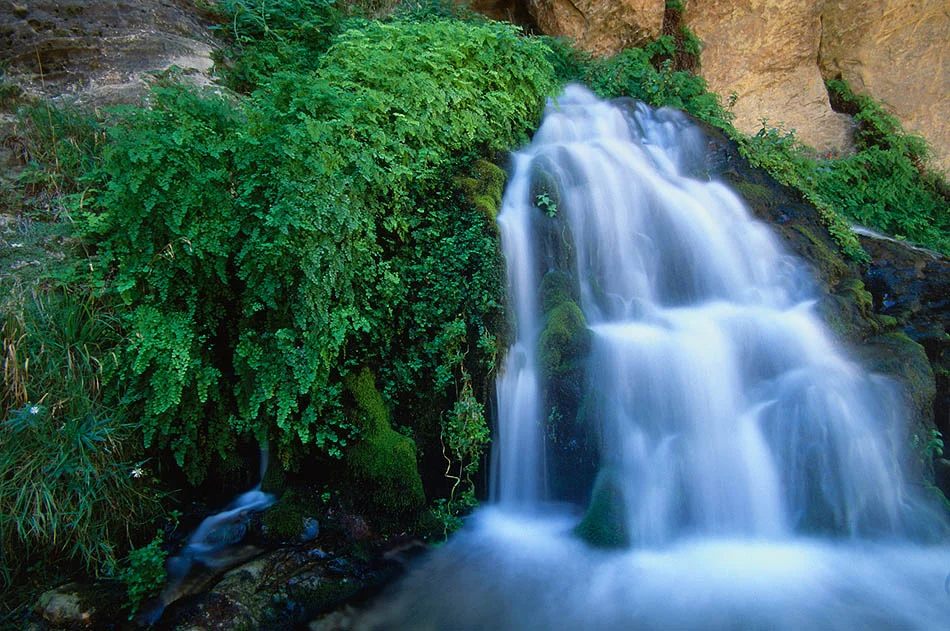Flash Floods can kill.. don’t let it happen to you
One of the most dangerous aspects of flash flooding is floods move relatively slowly through dry canyons. Long canyons have extensive headwaters and can surprise you with floods from yesterday's rains. This has been a problem with White Canyon in the Cedar Mesa area, and is a problem with Muddy Creek in the San Rafael Swell. For a good example of this, check out this White Canyon flash flood story.
I've captured some stream flow data from a flash flood near Zion National Park. This is the East Fork of the Virgin River that flows from Glendale and Long Valley, through Mount Carmel Junction, then through Parunaweap Canyon to the town of Virgin, then on to Hurricane. Pay attention to the spike, which represents the flood surge as it moves from town to town.
First, we see a flash flood hit Mount Carmel Junction at about 5:15 PM on the 23rd. We see a spike of 250 CFS.
The same flash hit downstream at Virgin Utah at 6:30 AM on the 24th, 13-1/4 hours later. The spike has been calmed down to 120 CFS. This is about 28 miles downstream (straight line), for a rough speed of 2.1 miles per hour.
The river at Hurricane, another 10 miles downstream, spiking at 4 PM. The spike is around 135 cfs. It took it 9-1/2 hours to travel the 10 mile to Hurricane.
Through most of the terrain traversed by this flash front, the channels are wide and open. However, through Parunaweap, the canyon is narrow and deep. Looks like in the narrow canyon where the flash flood is more concentrated, it also moves much faster.
In a slot like White Canyon, where the canyon is dry and narrow for 30 miles upstream of the Black Hole, the storm that drowns you can have cleared up 18 hours previously. That's a long time ago. Know before you go.

